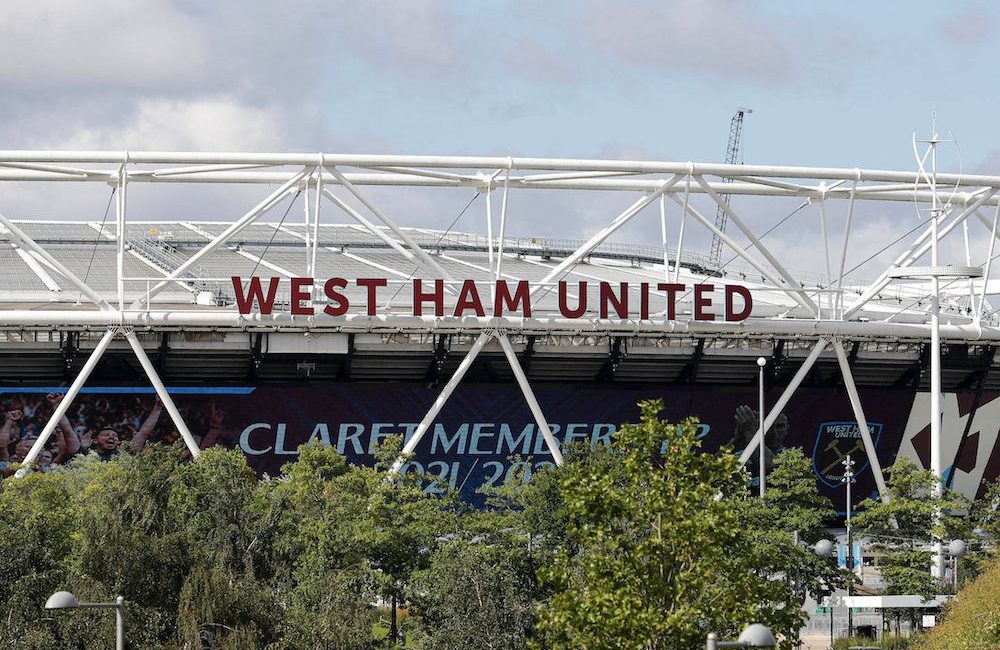West Ham are one of a set number of clubs set for a huge boost in what we will be able to spend in the transfer market.
Our Hammers were a one of the games Premier League clubs who have voted in favour of a new financial model which would replace the current and somewhat controversial model of FFP / PSR.
Its now understood that a ‘price cap’ will be introduced ahead of the the 2025/26 season, which would see clubs be able to spend 5 times the amount of the least TV revenue received in the season prior. This would therefore mean clubs could be looking at a cap of circa £500m per campaign.
Football finance expert Adam Davis has spoken to BBC Sport to provide his thoughts on the new model, which undoubtedly help clubs compete with funds available, rather than be restricted due to revenue.
“We don’t know the ins and outs of what the spend cap will include but our understanding is that the amount that is allowed to be spent is likely to be on player wages, amortisation and agent fees,” said Davis.
“That will be a fixed total based on the lowest amount of broadcasting money received in the Premier League, so whatever is earned by the 20th club. Over the last few years that has basically meant approximately £100m-worth of broadcasting income, that is what the likes of Sheffield United will earn.
“The spend cap will be a hard multiple, and the rumoured amount is five times that amount, which would basically mean a spend cap of approximately £500m.
“From a good perspective, that will open up the likes of Aston Villa and Newcastle to spend more than what they currently have because under the current regulations it is tied to their own revenues.
“It would also mean under a new regulation, teams like Nottingham Forest could spend what they want to spend, or claim they need to spend, to stay competitive.
“A potential negative is that spending will increase in the Premier League to potentially unsustainable levels.
“The danger is that by saying you are able to spend more, it could be interpreted as you must spend more to remain competitive. We could potentially see more and more clubs pushing to breaking point.”



